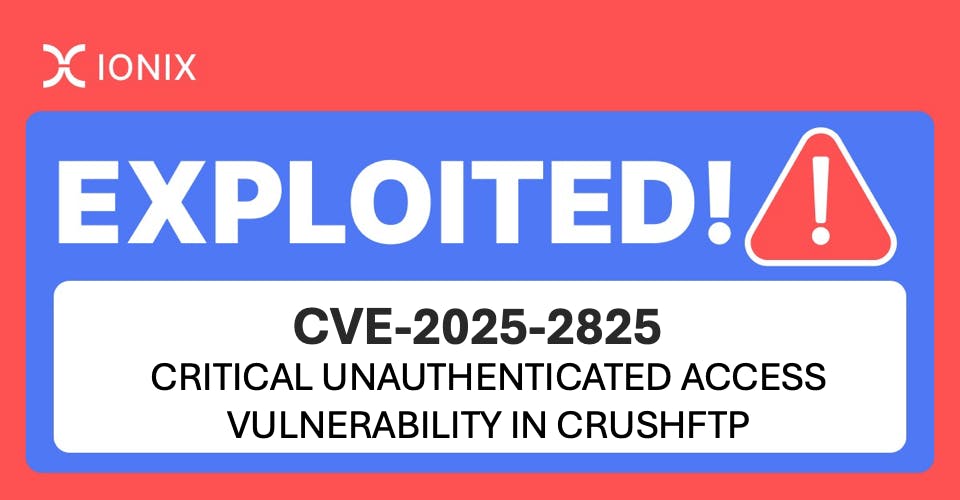Remediation vs. Mitigation (What’s the Difference?)

Neglecting to address digital supply chain vulnerabilities can cause widespread problems for your organization, a third party, and possibly every one of the third party’s customers. It is imperative to remediate or mitigate the threat once it has been identified.
In this blog, we’ll look at steps to consider to handle security vulnerabilities with third parties as effectively as possible.
Remediation and Mitigation Explained
In managing digital supply chain vulnerabilities, we must understand the difference between remediation and mitigation.
Vulnerability remediation definition
When we ask ‘what is remediation in cyber security?‘ we’re essentially exploring how organizations can completely resolve a security threat. Risk remediation definition in cyber security refers to actions taken to resolve a security threat completely, thus eradicating the attack risk. It involves updating software to fix known flaws or altering security protocols to close gaps. This approach isn’t just about detecting vulnerabilities; it’s about completely resolving them. The goal is to secure the digital environment comprehensively. Remediation requires a blend of technical fixes and process enhancements, all geared toward eliminating security weaknesses for long-term protection.
Vulnerability remediation techniques
Vulnerability remediation primarily involves patching or upgrading an application to eliminate the risk of the vulnerability. Patching involves updating the application to specifically deal with and eliminate any vulnerabilities. Upgrading is about releasing a new and updated version of the application with different or new features and capabilities that would override older versions. The new version would be secure and free from the prior risk.
Vulnerability mitigation definition
Vulnerability mitigation involves reducing the impact of a security issue when immediate resolution is unattainable. This strategy includes steps like isolating potentially compromised systems and enhancing monitoring capabilities. While it doesn’t fix vulnerabilities outright, mitigation is crucial for maintaining operational stability and minimizing damage in the interim. It involves proactive measures to manage risk effectively, ensuring business continuity while developing a more permanent solution.
Vulnerability mitigation techniques
The primary strategy with vulnerability mitigation is to reduce the size of the attack surface. The most effective way of implementing this is to identify outdated and older parts of the system and retire them. This eliminates the risk as the new, smaller attack surface is more secure by default.
Mitigation could also suffer some of the same drawbacks as remediation. For example, if an application is critical to the functioning of the business, it can’t be retired. If your organization’s access controls are not well-planned, it can be hard to control or restrict access adequately.
Top 7 vulnerability mitigation techniques
- Access Control Measures: Implementing strict access control measures, such as multi-factor authentication (MFA) and role-based access control (RBAC), to limit the potential impact of a vulnerability being exploited.
- Network Segmentation: Dividing the network into smaller segments to limit the spread of an attack and reduce the attack surface.
- Firewalls and Intrusion Prevention Systems (IPS): Using firewalls and IPS to detect and block malicious traffic and activities that could exploit vulnerabilities.
- Application Whitelisting: Allowing only approved software to run on systems, which can prevent the execution of malicious or unauthorized programs.
- Encryption: Encrypting sensitive data in transit and at rest to protect it from being compromised, even if a system vulnerability is exploited.
- Regular Security Assessments: Conducting vulnerability scans, penetration testing, and security assessments regularly to identify and mitigate new vulnerabilities before they can be exploited.
- Incident Response Planning: Having a well-defined incident response plan in place to quickly respond to and mitigate the impact of any security breach.
The rising challenge of unpatchable risks
In an ideal world, when you find a risk, the solution is to patch the software or operating system to eliminate the risk. However, not all risks can be patched. Unpatchable risks have always existed, and in fact, are on the rise. Gartner predicts that “Through 2026, unpatchable attack surfaces will grow from less than 10% to more than half of the enterprise’s total exposure, reducing the impact of automated remediation practices.” There are valid reasons why this is the case.
The reasons for unpatchable risks
Here are some of the key reasons for unpatchable risks:
- Impact on critical business applications: Patching an application may disrupt a critical business function, so the only option would be to avoid the hassle and leave the risky application running as is.
- Operating system dependency: An application may depend on an outdated version of an operating system that cannot be patched.
- Embedded operating systems: These operating systems run on proprietary appliances or hardware that are not supported currently. For this reason, they are unpatchable.
- Vendor limitations: The application may be running on a vendor-created platform or hardware that may have reached end of life.
For all these reasons and more, the number of unpatchable risks keeps growing by the day.
Having discussed the contrasting paradigms of vulnerability mitigation vs remediation, let’s move on to a better way of managing security risks – CTEM.
Continuous Threat Exposure Management (CTEM)
Continuous Threat Exposure Management (CTEM), a term coined by Gartner, is about actively identifying and responding to threats most harmful to an organization. The focus is on identifying and dealing with issues even before an attacker finds and exploits them. Once identified, the best way to respond to these threats is to patch the risk.
Preventing vulnerabilities on your attack surface
Having discussed vulnerability remediation, it’s time we moved on to strengthening this approach further by discussing how we can mitigate/prevent vulnerabilities altogether.
- Comprehensive Software Patch Management: Prioritize regular updates and ensure a comprehensive patch management strategy for the third-party components in your digital supply chain.
- Extended Software Execution Control: Implement software execution policies that extend to all software components in the supply chain, ensuring that every element, from firmware to application software, adheres to strict security standards.
- Threat Reputation Integration: Use multi-sourced threat reputation services for monitoring files, DNS, URLs, IPs, and email addresses.
- Multi-factor Authentication Across the Chain: Enforce multi-factor authentication within your organization and mandate it across your supply chain partners, especially for those with access to critical systems or data.
In essence, it’s about reducing your attack surface to make it more secure. Learn more here.
Working with Third Parties to Resolve the Issue
This part of the process is perhaps the most challenging one. It may feel, at times, like swimming against the current. You and your team are responsible for protecting your organization but ultimately depend on your third parties to do their part in preventing or fixing critical issues.
Once you have a direct line of communication with their team, be specific about adherence to best practices and ensure they understand the potential impact of the misconfigurations or vulnerabilities that were found. From there, you can work together to formulate a mitigation and remediation plan should anything come up in the future.
Once the vulnerability has been remediated, it’s a good idea to establish a policy with the third party to escalate and remedy issues going forward. Many organizations are baking these policies into their vendor agreements. Here are some examples of mechanisms you can put in place to streamline the remediation process:
- Escalate critical issues directly to the company’s SOC via direct API or SIEM solutions like QRadar or Splunk
- Integrate task and ticketing systems like ServiceNow or Jira
- Utilize IONIX’s Groups and Custom Notifications feature to alert their team directly
Identifying Vulnerabilities Within Your Attack Surface
As we navigate the complexities of cybersecurity, particularly the nuanced findings of remediation vs mitigation, the role of comprehensive visibility becomes undeniable. This is where IONIX steps in. It thoroughly examines your PKI, TLS, Cloud, DNS, and web environments, offering vulnerability snapshots and detailed context, summaries, and CVE alignments.
Now, with such depth of information, you might expect an overwhelming list of vulnerabilities. Yet, here’s where IONIX’s approach to vulnerability remediation and mitigation shines. It’s not just about flagging risks; it’s about smart prioritization. The platform’s multi-layered scoring system doesn’t just throw data at you. Instead, it helps decipher the urgency and severity of each risk, paving the way for a balanced approach to risk remediation and mitigation.
IONIX’s strategic perspective isn’t limited to current threats; it’s about long-term attack risk management. It equips teams to remain efficient without drowning in data. As we conclude, remember, in cyber risk management, having the right tools like IONIX is as much about intelligence as it is about action.






